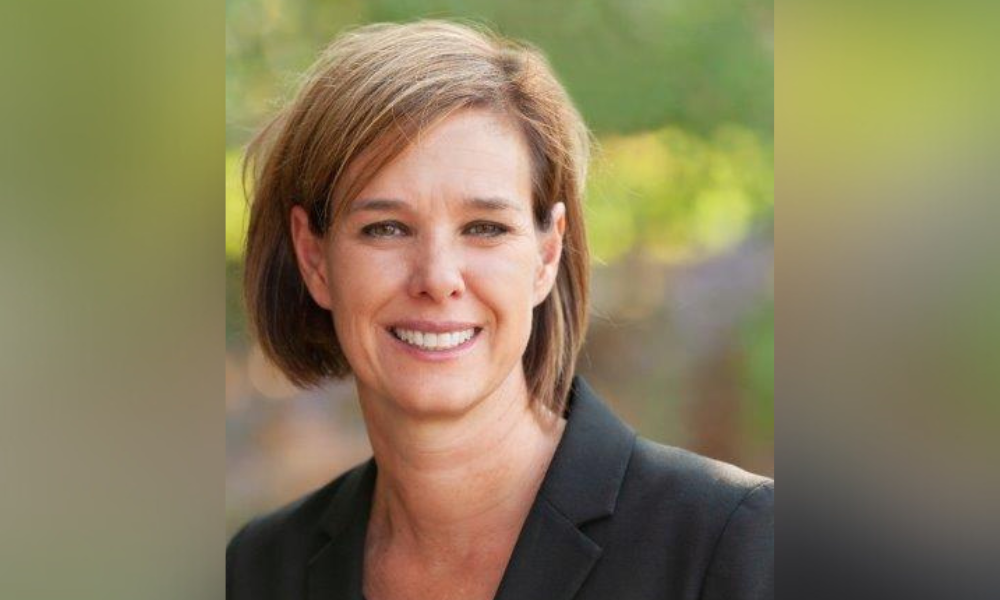Leader offers fun reward for zero incidents throughout the week

When Annette stepped into her new role as Distribution Center Manager in Colorado Springs, she faced an immediate challenge: the safety metrics at her facilities were lagging.
The traditional approaches she used at prior roles with Frito-Lay, MicroAge, and Coca-Cola simply weren’t working, this required something new and different..
“We weren’t where we needed to be and it was a priority to improve,” she admitted. Managing three distribution centers—Colorado Springs, Trinidad, and Pueblo—with a workforce of 75, including truck drivers, forklift operators, and warehouse staff, Loomis was responsible for turning the tide.
Safety, Loomis emphasized, was more than a policy—it was a core value.
“Safety is always first. Our goal is zero incidents, because we want everyone to go home the same way they came in,” she said. Yet the system she inherited relied on pushing information from the top down—monthly town halls, incident texts, and reviews—which didn’t resonate with employees.
“We were pushing all this information out, but it wasn’t sticking,” Loomis noted.
She soon discovered that safety couldn’t be enforced from a distance. While visiting another distribution facility in Minneapolis, Loomis encountered a surprisingly simple yet effective idea: “Popcorn Fridays.” If employees achieved zero safety incidents during the week, they were rewarded with freshly popped popcorn on Friday.
“I thought, why not try it? It couldn’t hurt,” she explained. The initial investment was modest—$100 per popcorn machine—but the cultural impact was profound.
“It took us from pushing information out to the team and reversing it, the team began requesting updates and pulling it from each other,” Loomis said, describing how the popcorn created a shared sense of responsibility. The smell of popcorn on Friday mornings became an emblem of success.
“People would walk in, and if they didn’t smell popcorn, they’d ask, ‘What happened?’” she recalled. Employees, who previously worked in silos, started helping each other to avoid incidents. “Drivers would guide each other backing up or warn about slippery spots in the parking lot. It became about teamwork,” she added.
Loomis rolled out the initiative gradually, starting with one distribution center to measure its success.
“You don’t want to change everything at once; you need to make sure it’s working before scaling up,” she explained. Within months, safety incidents dropped significantly, and the once-struggling region became the leader in the Northwest. “We went from being one of the worst to leading the pack,” she said.
But the real transformation went beyond numbers. The popcorn fostered camaraderie and pride.

“It created a community. Sales staff, drivers, and warehouse teams all had a shared stake in safety,” Loomis noted. Families even got involved. “Kids and spouses would ask, ‘Why didn’t we get popcorn this week?’ It made the importance of safety personal,” she said.
The initiative also sparked other ideas. Employees suggested wearing safety branded T-shirts as a reward for safe weeks. “It was a small thing, but it made a big difference,” Loomis said. Drivers proudly explained the reward to customers, creating a ripple effect. “They’d say, ‘We were safe all week,’ and even customers started seeing how much we valued safety,” she explained.
These simple measures shifted the perception of safety from a corporate mandate to a shared value. “It wasn’t just about avoiding incidents; it was about taking ownership,” she said. Safety meetings, once a reactive exercise, evolved into proactive discussions. “By the time we got to our monthly reviews, people already knew what had happened and how to fix it,” she noted.
Loomis credits much of the success to understanding human motivation.
“People want to feel appreciated. Something as small as a bag of popcorn says, ‘You did good this week,’” she explained. It also tapped into a basic psychological truth: people value recognition. “No matter how advanced technology gets, people still want to feel like they matter,” she added.
Beyond the popcorn, Loomis implemented other practical strategies. She introduced “The Five Whys” technique to identify root causes of incidents and spaghetti diagrams to optimize forklift travel paths in the warehouse.
“It’s about keeping things simple and repeatable,” she said. These low-cost tools further reduced risks and improved operations.
The transformation at Loomis’s facilities wasn’t just about safety—it was about culture. The initiatives instilled a sense of pride, ownership, and community.
“It became more than a workplace goal; it was something we all believed in,” she said. Reflecting on the journey, Loomis emphasized that leadership isn’t about grand gestures. “Sometimes, simplicity is the best solution,” she concluded.





